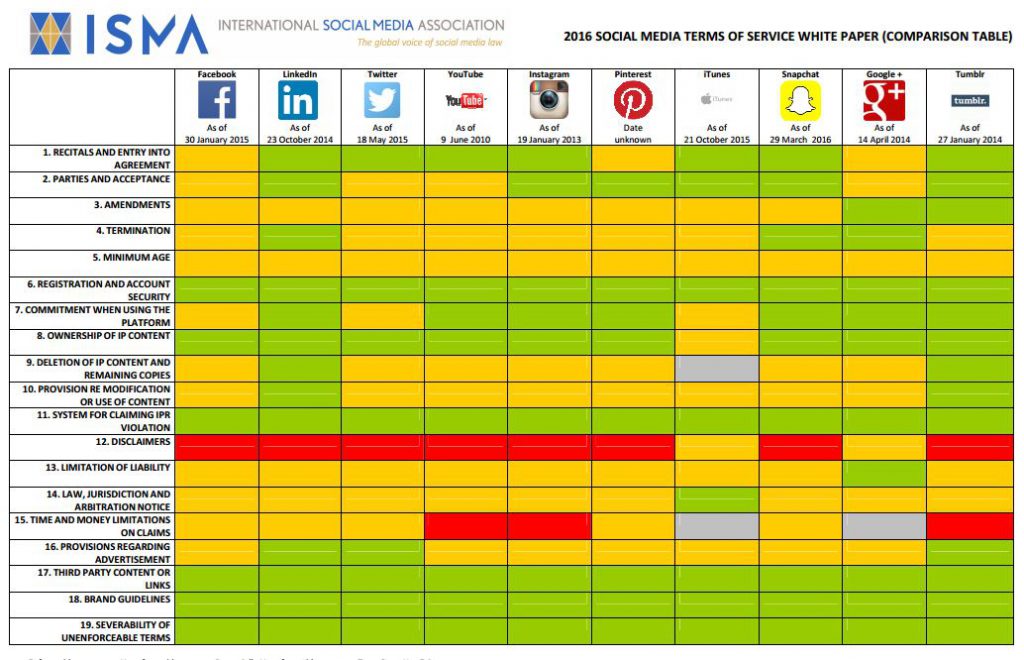Once upon a time, we all had a dream of writing a novel. In fact, many of us are fond of explaining that we have that Great Australian Novel locked away in a drawer – or more likely – a computer file, gathering dust. One day … we say, we’ll dust it off and finish the story and garner the applause of the world. But like so many great dreams, the Great Australian Novel, often never materialises. But over the last couple of years, I have noticed a distinctly different aspiration coming from friends and colleagues. They speak not so much of a Great Australian Novel, but of a Great Australian Startup. Their own business.
From the number of conversations that I have had over the last 12 months, it seems that we’ve started the awkward journey of becoming a nation of entrepreneurs.
We no longer dream of writing a modern day Kings in Grass Castles. It’s all Canva this, Atlassian that.
Starting at the start
Of course, just like writing a novel, the trick to starting a startup is to “just start”. But while we can all pull out a piece of paper and start to write, surely a startup takes something more … substantial!?
Not so. The Disruptor’s Handbook, for example, is a program that literally guides you from idea to soft launch. And a lot of it requires writing words on paper. It’s just like a novel – but one where you are the hero. The villain. And the entire supporting cast.
Startups are a community affair
While writing a novel can be a fairly solitary activity, startups thrive on community. Feedback is the lifeblood of the startup, and that means the very worst thing you can do is bury yourself in your bedroom (or garage) and hope to knock out the next greatest Facebook/Insta/App. This is where coworking is your saviour. Coworking is a way to get out of the house, connect with others and test your ideas – and your business – in the hard light of day. After all, it’s no use building a business that no one wants or needs.
With this in mind, Vibewire has just announced a new program to support startups of all shapes and size. Called #StartupSundays, it runs each Sunday in October from 9:30am to midday. It’s like a lazy breakfast with motivated people. Over the two and a half hours, there will be speed mentoring and networking, inspirational talks and a chance for peer feedback and a spot of pitching. It’s a simple but effective way to get ahead of your week.
All in a friendly atmosphere – the Vibewire Common Room in Ultimo, Sydney.
- Where: Vibewire Common Room
- When: 9:30am-midday, each Sunday in October 2016
- Bookings: Register here.
